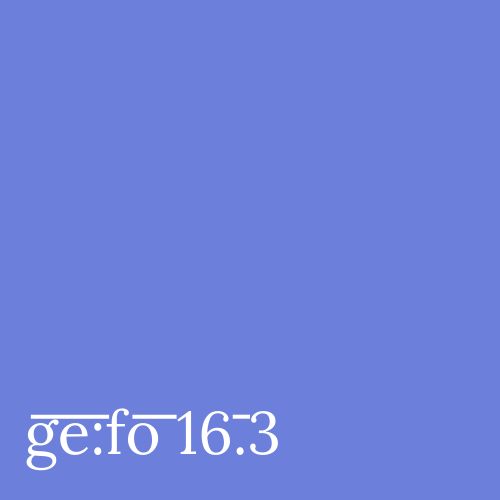‘A Little Bit Married’ while Black: A Personal and Political Meditation on Marriage, Single Adulthood and Relationship Literacy
DOI:
https://doi.org/10.18716/ojs/gefo/2017.2411Keywords:
marriage equality, Obergefell v. HodgesAbstract
In lieu of an abstract, here is the first paragraph of the article:
The 2015 Supreme Court case Obergefell v. Hodges affirmed the equal right of all citizens to marry. However, in the wake of subsequent events such as the Orlando massacre, the election of socially conservative legislative majorities in Washington and in state capitals, and the elevation of a high-profile opponent of marriage equality to the vice presidency (Mike Pence), it becomes clearer that the 5-4 decision in Obergefell v. Hodges established a legal framework for ending discrimination in marriage law, but culturally contested questions as to what marriage means remain to be grappled with in many other contexts. This includes attitudinal gaps in the acceptance of marriage equality within public opinion after the 2016 election. Among so-called “values voters” – white religious conservatives that tend to oppose marriage equality – a preference was expressed for Donald Trump over Hillary Clinton by a margin of 81% to 16%, a higher margin than that of Mitt Romney, John McCain, or George W. Bush over their socially more liberal opponents (Smith and Martinez). Gaps in acceptance of same-sex marriage in the 2010s by age, region, religion, and other factors echo the measurable but uneven shifts in public acceptance of interracial marriages after the 1967 Loving v. Virginia case, and it is noted that fifty years after that decision, racial homogeny “is still the norm for intimate relationships today” (Toledo 775). These findings remind us that while a landmark court case may remove legal prohibitions, such legal changes do not “eradicate the forces motivating those barriers” (Toledo 772). Those forces include stereotyping, social shaming, and institutional discrimination that stigmatize relationships which appear to fall outside of heteronormative frameworks.



